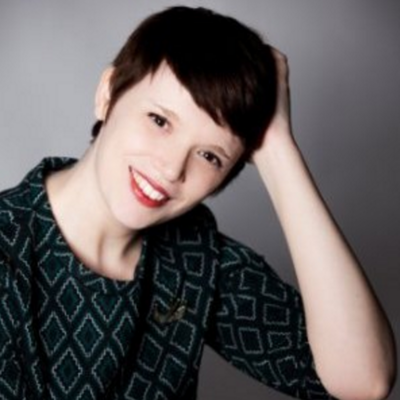Valeria is an arts and culture-focused digital strategist specializing in communications and digital interpretation for museums and creative businesses. Valeria is currently collaborating with the Google Cultural Institute as a coordinator for Italian partners. Over the past two years she worked with Mondadori Electa, the Museum of Science and Technology and Musement, where she coordinated the design, development and operation of digital and online content projects. Previously, at the Smithsonian Institution, Valeria worked across the campus to support units in designing and implementing digital interpretative programs, audio tours and mobile experiences. She has fostered international collaborations with the museum community with via #svegliamuseo, an initiative to inspire Italian museums to increase their digital outreach, and the international Museums and the Web Conference.
Beyond the Audio Tour: Challenges for Mobile Experiences in Museums
The case of “Scapes”: when an artist experiments with one of the most universal interpretation tools
The thesis addressed the issue of implementation of mobile media in museum settings, stressing the importance of using these tools to establish emotional connections with collections, rather than only to provide informative and didactic experiences. Digital technologies, and mobile in particular, can be powerful tools for museum practitioners to expand the evocative qualities of artifacts, otherwise static and not always accessible, and transform them into ‘social objects’. Museums are more and more questioning their traditional approaches and increasingly providing experiences that transform and involve users, in an effort to pursue their learning goals. Studies have shown that visitors seek entertaining experiences and they often value more the people they visit with than the visit itself, what they ‘feel’ rather than what they ‘learn’. As argued by Zahava Doering referring to a study conducted on visitors at the Smithsonian, ‘the most satisfying exhibitions for visitors are those that resonate with their experience and provide new information in ways that confirm and enrich their [own] view of the world.’299 In this sense, it can be argued that provide tools that aim at educating audiences through traditional, ‘top down’ dynamics, do not align with how audience experience museum spaces. Among the tools for interpretations, mobile technologies have entered the institutions by offering a rather traditional approach, which doesn’t leverage on the full potential of the newest devices but rather repeat the model of the audio tour. The thesis sustained the concept that feelings, personal views and interpretation are intrinsically connected to cognitive responses and thus, mobile experiences could be designed to enhance and sustain these components. In particular, the thesis analyzed how mobile technologies can shift from being a rather ‘static’ interpretative tool to a social and personal medium, ensuring access to collections and stories through immersion and interaction.
